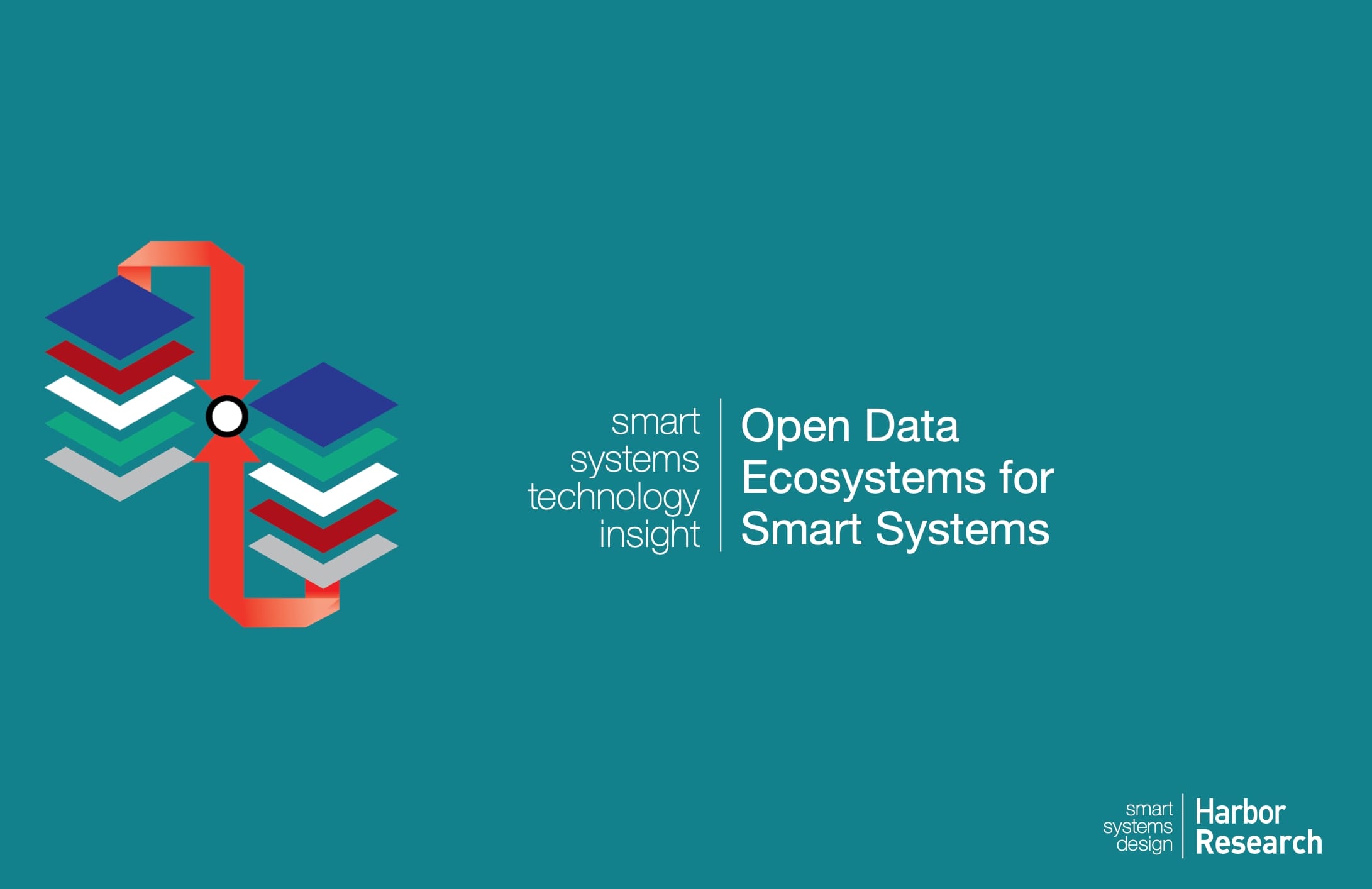Trend-Spotting
We’ve been reading the technology-trends stories that always show up at the beginning of every year. These “overviews of what’s to come” are perennially popular because trend-spotting seems to come as close as you can get to foretelling the future: Experts in the field will now identify the source of future prosperity for you.
And it’s not a lie that all these isolated phenomena—AI, blockchain, nano-medicine, robotic prosthetics, quantum computing, etc.—have come up over the horizon and are hurtling toward us. But after reading these yearly trends wrap-ups, we never believe that we’ve seen a convincing portrait of the future.
Spotting isolated trends is like watching waves break on the shore, one after the other, while remaining unaware of the deep currents and invisible undertows that cause this surface-reality.
The specific trends change from year to year but the impact of the stories is very predictable. They always focus relentlessly on point technologies, whereas the real future clearly lies in the complex inter-relationship of many tech forces.
The multiple parallel technologies behind the trends have not evolved in isolation. In fact they have grown up so inter-related and inter-dependent that they not only reinforce each other but create completely new compound impacts.
Beneath the trends isolated in the magazine articles today, combinatorial forces are causing a blurring of lines between their impact on individuals, institutions, businesses, and society-at-large.
Meta-Trends and the Non-Literal
When people in the C-suites talk about “seeing trends around corners,” they’re sensing our collective cognitive entrapment in the superficiality of isolated phenomena.
The filmmaker Hollis Frampton once noted that until a certain point in history, if you wanted to follow the progress of an airplane you literally had to get in another airplane. Then radar was invented and suddenly people down on the ground could “image” the path of a distant flying plane without having to fly themselves.
We’re inevitably reminded of Buckminster Fuller’s focus on a large meta-trend that he called “ephemeralization.” His favorite example was the progression from Egyptian pyramids to the Eiffel Tower. The first structure stood by sheer accumulation of mass, the second by accumulation of ideas.
In other words, human cognition and awareness of the world itself is profoundly influenced by technological innovations that move us away from the literal.
We consider this a very big deal.
Leaving the Age of Kludges
In a recent essay, “Mountains of Money,” we found ourselves thinking back to Buckminster Fuller’s declaration, way back in the 1960s, that the world possessed the resources to feed the hungry of the world. The problem, Bucky said, was that we lacked the will to rethink everything in order to do it.
This highlights one problem of technology development. The more complex things become, the harder it is for people to act. The intersection of complex forces can create a bewildering set of options that makes the paths of causality harder to trace down.
In the past, technology innovations were rarely sufficiently “abstracted” or perfectly aligned in their tech-dev status. To use them together, we’ve left a long list of “kludges” behind us. But today we’re clearly in a different phase. As our technologies become easier to use and economically more attractive, domain-fluent practitioners are becoming a new, more aggressive force in how software gets utilized, and the in the scale of its impact. We no longer need specialized people in white lab coats to do specialized things. Climate scientists who are not “software people” can now model complex weather systems with no need for direct involvement by computing technologists.
This is the real reason we don’t like to think about “trends.” It stops us from thinking about awareness. The fusion of inter-related systems and technologies gives us combinatorial or systemic complexity. This in turn creates a higher order of cognitive processing and something new emerges.
Combinatorial Innovation
In the physical world governed by EPA restrictions, contractors have been required to do huge impact studies before they could build things like gigantic dams that would change the ecological structures of a whole geographic area. The U.S. government is now unraveling all that. You don’t have to do studies anymore. You just jump in and start extracting value, worldly effects be damned.
We’ll happily grant that the burden—the idiot tax—of doing those studies in the most bureaucratic, tedious and expensive way possible was often far too high. But the answer is obviously not to completely unwind our rational grip on the world either. The way that the U.S. is presently handling environmental matters runs completely counter to the awareness value of our systems.
In present-day business, real awareness requires the collaboration of data-fluid, ecosystem-driven players to bring the visions to fruition. The behavior of these players is much different from that of their predecessors. They march to the beat of a new drummer—the drum of data-value, which promises huge financial rewards for those that solve the multi-dimensional, Rubik’s cube problems of present-day society.
To fulfill entrepreneurial promises and societal needs, every player and every institution will become ever more dependent on the data of others. A much higher level of openness and collaboration will be required as we move into the real future. Collectively, all of these forces will drive significantly greater awareness.
The question is: What will we do with that awareness? ◆
This essay is supported by our Technology Insight “Open Data Ecosystems for Smart Systems.”
Fill out the form below to download the Insight for free.



